The gruesome double murder of two Melbourne tourists in Greece still unsolved
WHEN a Melbourne man and his cousin suffered gruesome deaths on a boat off the Greek coast, authorities were quick to close the book. But all was not as it seemed.
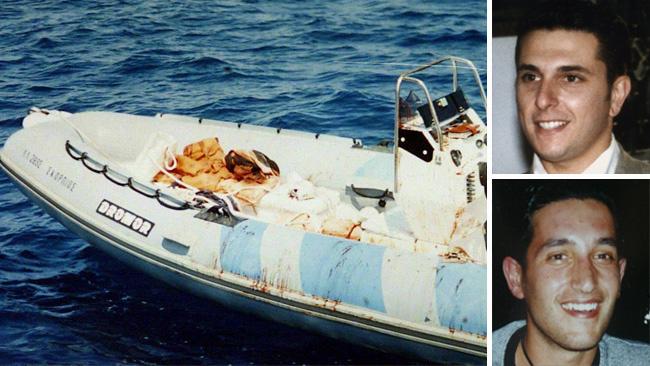
Behind the Scenes
Don't miss out on the headlines from Behind the Scenes. Followed categories will be added to My News.
IT WAS a grisly discovery following the gruesome double murder of Melbourne-born cousins George Karalis and George Loizos on the Aegean Sea.
It was pre-dawn when lone fisherman Andreas Chrisafogiorgos came across a ghost boat drifting northeast of Marathon, near the Port of Rafina, in mid-1998.
He first saw the mystery vessel in the distance.
AUSSIE MODEL'S GREEK DEATH MYSTERY
HOW MELBOURNE CRIMS GOT THEIR NICKNAMES
He had no reason to think he’d find two bodies on board what was a floating bloodbath.
“I approached it with a view to ask why it was moving without navigating lights,” Mr Chrisafogiorgos would later say in a statement.
“This vessel was two nautical miles away from the Cape of Marathona. I realised when I came closer that it was adrift.”
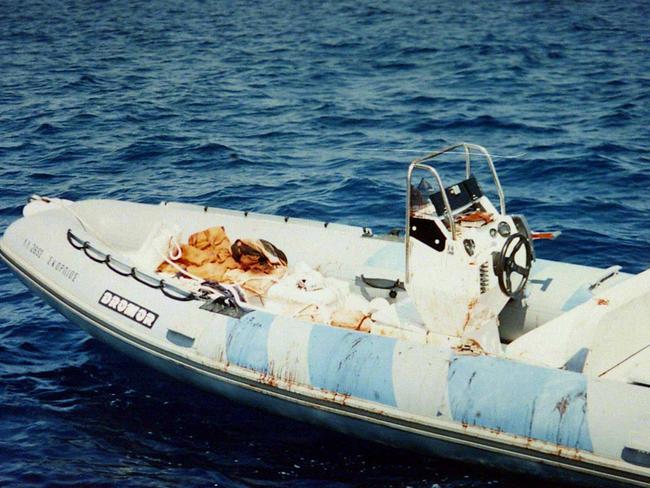
It was when Mr Chrisafogiorgos motored closer that he realised the six-metre motor boat had two dead men tied to its stern.
One, who would be identified as Mr Karalis, 28, of Melbourne, was hanging from the roll bar by a rope pulled up under his chin.
Dressed in a hooded windcheater and board shorts, he was hanging in an awkward position, his right leg resting next to the outboard and his left dangling in the water.
His right arm was resting on the auxiliary motor propped up out of the ocean.
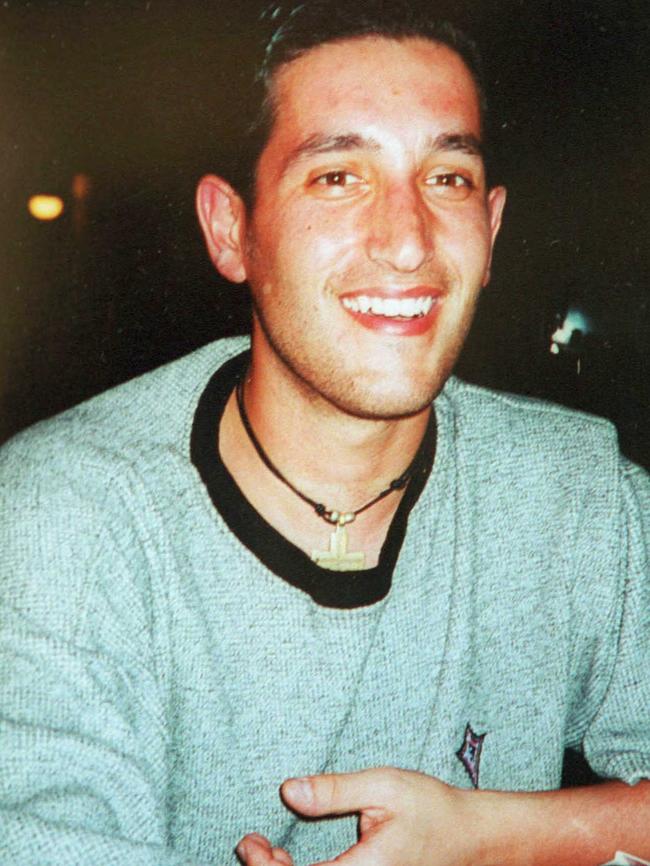
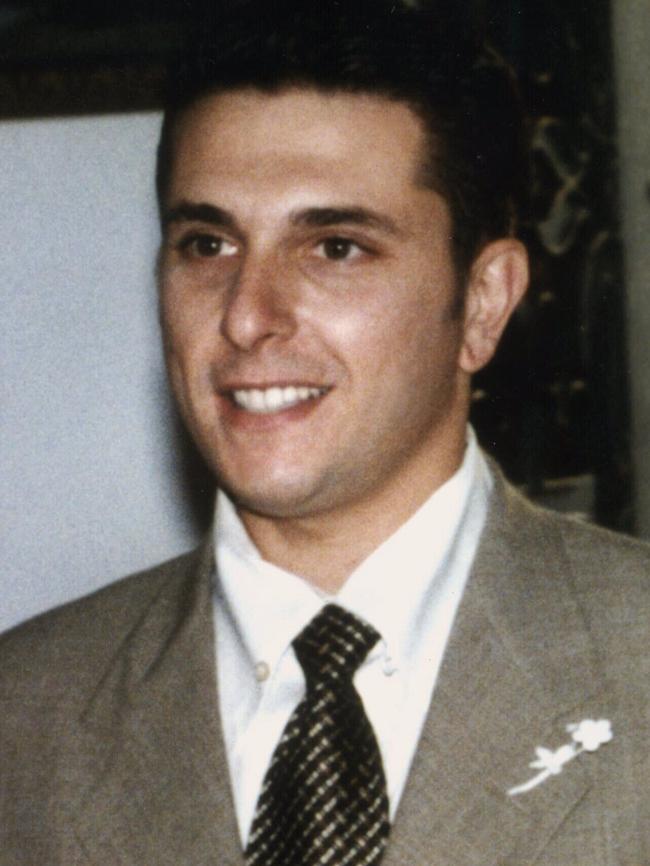
Next to him, floating face down in the sea, was the mutilated body of his cousin Mr Loizos, a 32-year-old resident of Greece.
Partially clothed, he was tethered to the main outboard by a rope attached to his belt.
Despite his right side resting against the propeller, it was his left side that was mangled.
Mr Chrisafogiorgos radioed his disturbing discovery to Rafina Port Authority officials.

The death boat’s name was Skorpios.
Coast guard officer Andreas Amanitis received a message from Chrisafogiorgos about 5.35am.
A Port Authority vessel, PLS-216, was sent out to investigate.
It located the Skorpios at 6.20am.
About 11am, the port’s chief executive officer Admiral Nik Ekonamakis motored out to the crime scene with a coroner, Soultana Marianou, and homicide investigators.
Another vessel left with specialist divers on board, but, apparently, rough seas would prevent them from cutting Mr Loizos’s body free from the outboard motor.
“Upon arrival, the first autopsy was carried out and an examination of the vessel and the bodies,” Mr Ekonomakis said in his statement.
“Photos were taken and eventually the coroner ordered the captain to pilot the vessel with care to the Port of Rafina.”
The Skorpios, with the bodies of the Melbourne men still tied to it, was dragged into port.
It was a move that would stagger former Victorian homicide squad detective-turned security consultant Steve Curnow, whom the Karalis family employed to investigate the deaths after the Greek investigation.
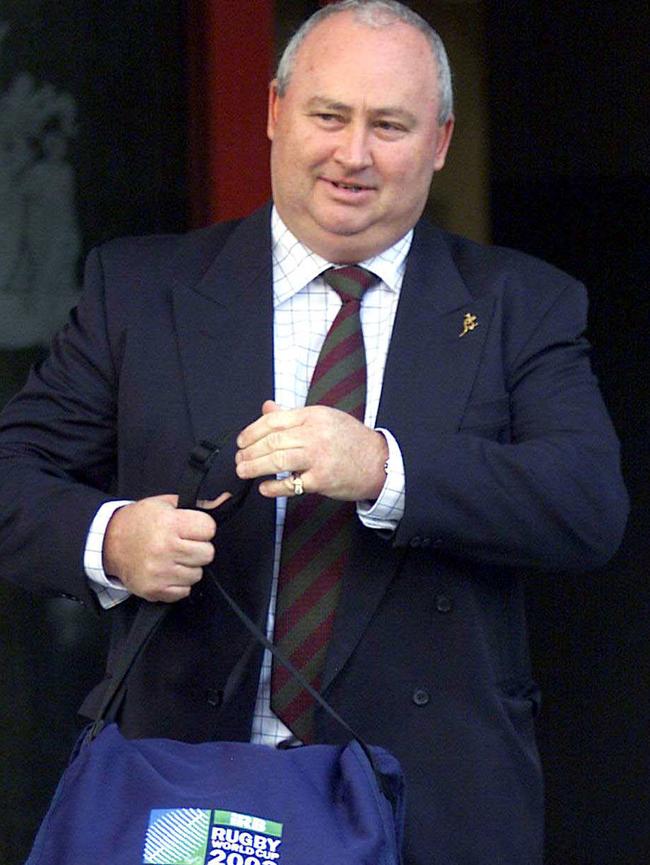
According to Mr Curnow, the trip back to port would have contaminated and washed away crucial evidence and changed aspects of the bodies, including the amount of water that may or may not have been present in Mr Loizos’s lungs.
The presence of water in his lungs, if the body had been preserved as found, could have suggested whether he drowned or was dead before being placed in the water.
Skorpios was delivered to port about 1.30pm. The bodies were then cut free and the boat was analysed.
“The craft, from its bough to stern, was showing disarray in regard to all the objects being disturbed and most of them bloodstained,” an official detailed in a report seen by the Herald Sun.
“In addition, there were further findings of scattered blood stains on the seats, the steering control panel, the two outboard motor engines and the two inner and outer sides of the craft, as well as the platform of the deck and the steering cabin.”
Among the stray items found, officers located 44,270 drachma (worth about A$225) in paper notes and coins in Mr Loizos’s pockets.
That ruled out robbery for what should have appeared to the Greek authorities as an obvious double murder.
After the boat was examined and blood and fingerprint samples taken, it was hosed clean — another staggering decision, according to Mr Curnow.
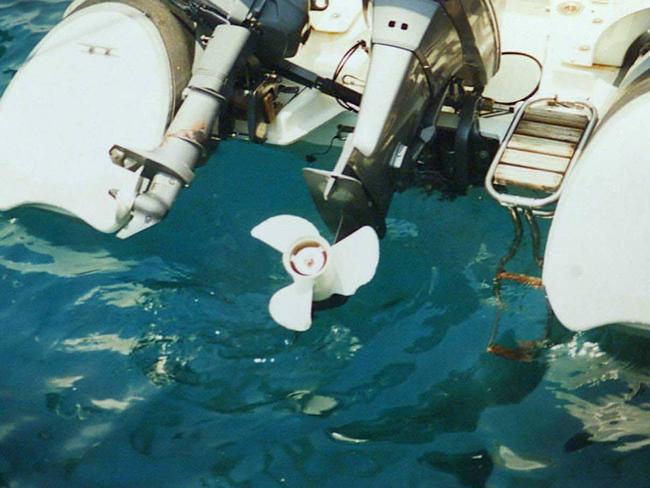
GEORGE Karalis had arrived in Greece on May 12, 1998 from Miami via a holiday in France.
He was in Greece to visit and stay with Mr Loizos.
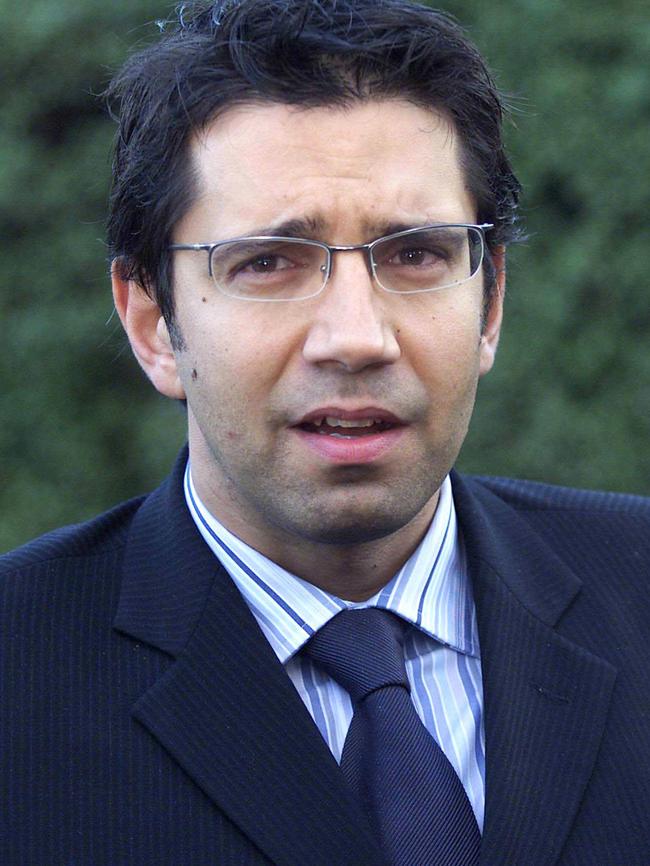
A former Essendon Grammarian and a devoted Essendon Football Club fan, Mr Karalis had worked at Melbourne’s Crown Casino and Sydney’s Star City Casino as a supervisor and dealer.
He had an American girlfriend.
“George was such a happy person,” his Melbourne-based cousin George Milonas once told this author.
“He would have done anything for anyone.”
Mr Loizos, also raised in Essendon, had moved to Greece with his family when he was a teenager.
A married man who worked at an advertising agency, he lived in the seaside town of Nea Makri.
“My husband was a good person — sensitive and idealistic,” his high-school sweetheart wife, Effie, said in a statement.
“He was a member of Greenpeace. He was a family man. He had no enemies. He was kind and had many friends.”
Victorian Deputy State Coroner Iain West would say: “The cousins had grown up like brothers. Contact was maintained (after Mr Loizos moved to Greece) and the two remained very close.”
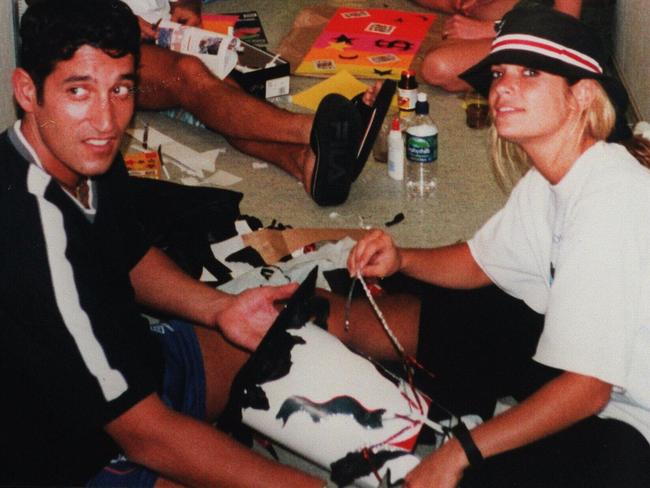
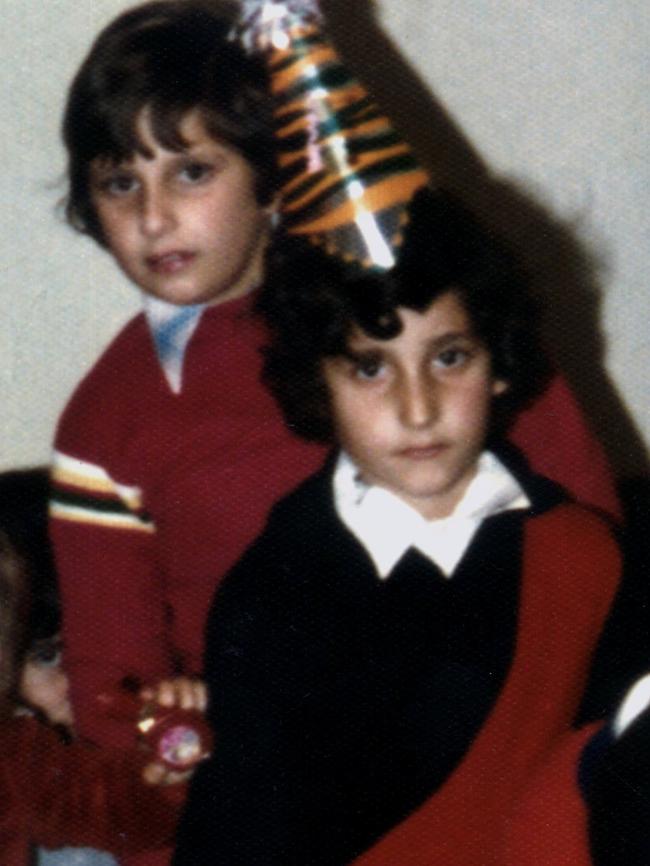
On the day of their deaths, the cousins had taken the borrowed Skorpios for a day trip from Nea Makri to Porto Bufalo.
Before they left they checked the AFL scores on the internet.
They motored into Porto Bufalo about 5.20pm and spent time at a tavern there.
The two appeared happy and carefree.
“By their attitude as they were leaving there didn’t seem to be any existing problems,” one witness said.
The cousins motored away from Porto Bufalo — and toward their violent deaths — about 6.30pm.
The lone fisherman discovered their bodies on the drifting Skorpios about 11 hours later on June 3.
MEDIA gathered not long after the Skorpios had been towed back to the Port of Rafina, and the bodies removed.
There were rumours that blood had been spilt in Greek waters and journalists circled like sharks.
After a closed-door discussion between Admiral Ekonamakis, Coroner Marianou and homicide detectives, Ekonamakis held a press conference at 2pm.

It was determined, he said, that there had been no third party involvement in the death.
What that suggested was an implausible explanation given the available evidence, according to Mr Curnow.
It suggested that Mr Karalis had backed the Skorpios propeller into his much-loved cousin after an enjoyable afternoon day trip.
It suggested Mr Karalis had then tied his much-loved cousin to the outboard before slashing himself across his neck and wrists and then hanging himself.
In the eyes of three coroners, it all suggested a murder-suicide.
It was a conclusion that angered and mystified the Karalis and Loizos families.
A written coronial finding stated: “We advise that the Coroner, Ms T.F. Marianou, has carried out a post mortem examination and ascertained the following: A. The death of George Karalis was caused by hanging while traces of self-injury were verified. B.
The death of George Loizos was caused due to heavy, deep and intensive injuries of the left arm, left semi thorax with bone fractures, and lacerations to the left lung caused by an object that cut and crushed through — ‘Homicide’.”
Mr Curnow did not, and still does not, agree.
After studying the case file on behalf of the Karalis family, Mr Curnow said the deaths had all the hallmarks of “a standover-type murder”.
“I formed the opinion that the original finding by the Greek authorities — that Karalis had murdered Loizos and then committed suicide — was incorrect and not supported in any way by the evidence available,” he said in a statement that was tendered to the Victorian Coroner’s Court.

“In fact, the evidence clearly supported the contention that both Karalis and Loizos had been brutally murdered by persons unknown.”
The evidence in Greek murder mystery
Mr Curnow based his opinion on evidence, including:
*ROPE marks on Mr Karalis’s face and the back of his neck indicated ligature strangulation rather than death by hanging.
In his handwritten file notes, Mr Curnow wrote: ‘These marks are separate and distinct from those caused by the rope that he is found hanging from.
“There is a braided bruising across Karalis’s cheekbone region that is consistent with the braided marks across the back of his neck.
“This is consistent with a braided rope being placed around his neck from the front and pulled tight.
“The braided bruising across the cheekbone region is consistent with Karalis dropping his chin down in an attempt to prevent a length of rope being placed around his neck.”
*A lack of blood on Mr Karalis’s windcheater indicated he did not raise his cut wrists above chest height to hang himself.
*The awkward position of Mr Karalis suggested he was placed in the hanging position.
*The cuts on Mr Karalis’s wrists were on the wrong angle to have been self-administered.
*The wounds on Mr Karalis’s heels and Achilles tendons appeared to have been inflicted by an attacker.
In his notes Mr Curnow wrote: “These wounds could not be expected to assist in expediting a suicide attempt … They are therefore more likely to have been inflicted by a second party.”
*Blood spatter patterns suggested Mr Karalis was held down atop the boat’s left pontoon.
*The wounds on Mr Loizos were on his left hand side yet the right side of his body was tied to the Skorpios propeller.
*A lack of defensive wounds on Mr Loizos’s body suggested his arms were held above his head and he was already dead when a propeller churned into him.
Mr Curnow noted: “If Loizos was alive and in the water at the time a propeller was driven into him, he would have instinctively tried to fend it off with his hands or feet, causing major damage to those parts of his body.”
He finished his statement with this: “The initial action undertaken at the crime scene was severely lacking in what would be deemed normal and acceptable investigative procedures, with key exhibits ignored and/or not preserved.
“I am unable to identify any evidence whatsoever that could possibly lead to or support the conclusions drawn by the Greek authorities and released to the media immediately upon the return of the bodies to the harbour.”
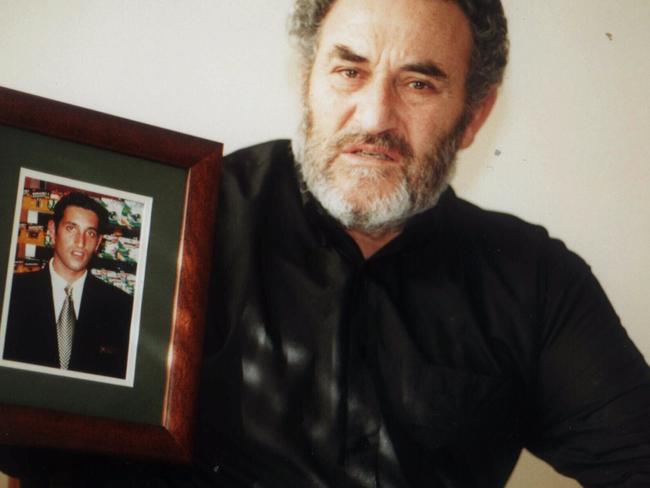
Both families had no doubt the deaths were the result of criminal foul play.
They also criticised the Greek investigation, suggesting drug smugglers or treasure hunters killed their sons after the young men unwittingly witnessed criminal activity.
The body of Mr Karalis was flown back to Melbourne, where pathologist Michael Burke deemed the death to be a homicide.
As the families persisted for answers, Mr Loizos’s relatives in Greece were threatened and warned to let the murder-suicide theory stand.
Thanks to the persistence of the Karalis and Loizos families, Greek authorities eventually overturned the original finding and deemed the deaths were a double murder.
According to an official letter, a Greek public prosecutor said it was “his personal belief Mr Karalis and his cousin were the victims of a mafia killing and that the perpetrators had intended the authorities to attribute the deaths to a murder-suicide pact”.
A new investigation was ordered and an inquest held in Melbourne — but no one has ever been charged.
A version of this story was first published in the Herald Sun's True Crime Scene in February 2014.
MORE CRIME STORIES:


